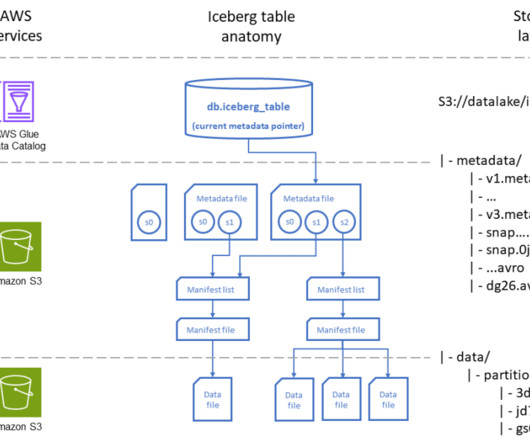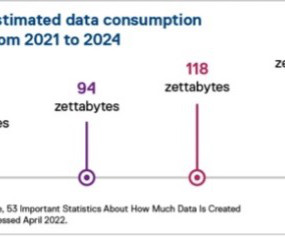Quantitative and Qualitative Data: A Vital Combination
Sisense
OCTOBER 6, 2020
Let’s consider the differences between the two, and why they’re both important to the success of data-driven organizations. Digging into quantitative data. This is quantitative data. It’s “hard,” structured data that answers questions such as “how many?” or “how often?”














Let's personalize your content